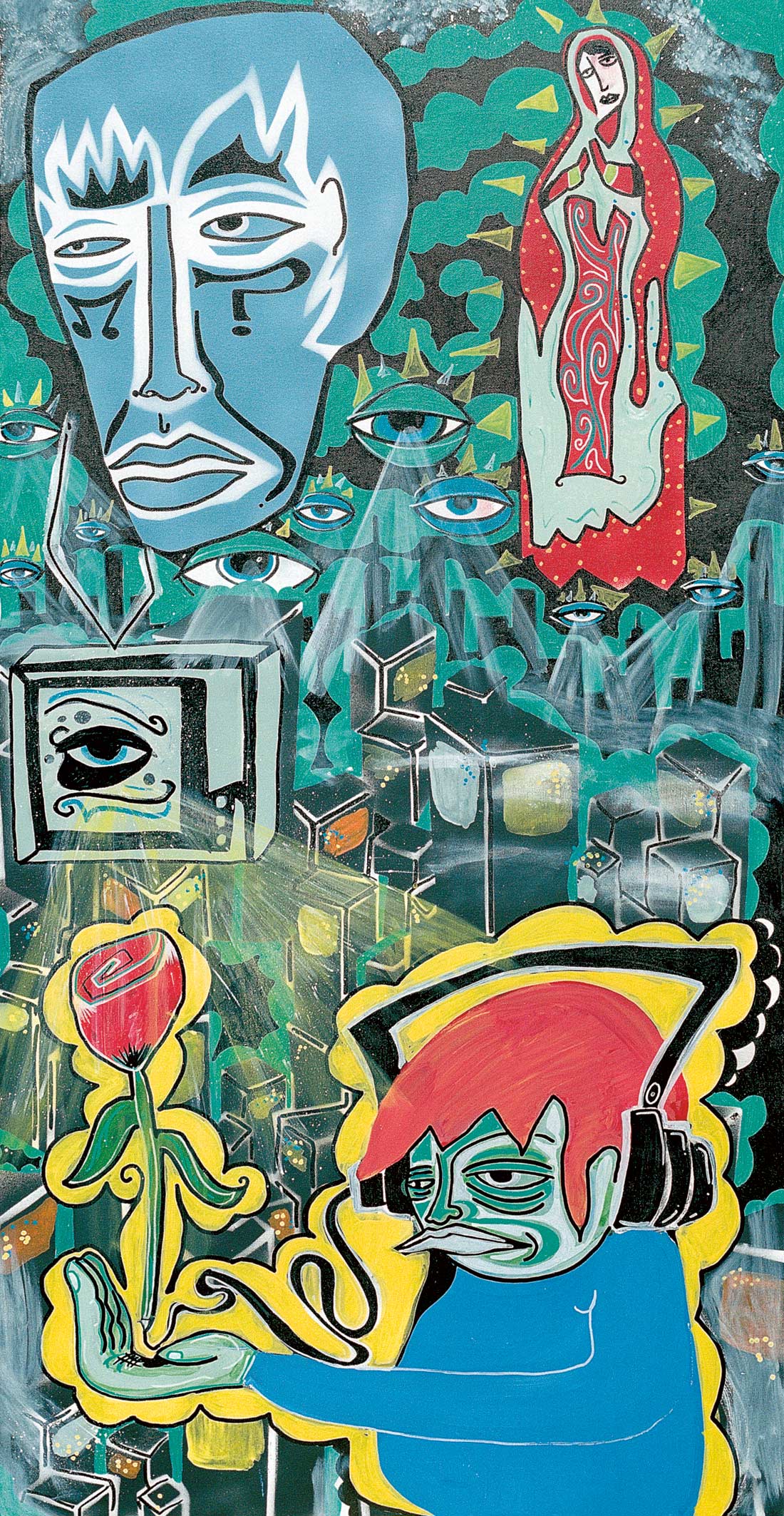Sometimes the best way to make a new song is to just mess around, dive-in headlong, and improvise until something you like starts to take shape. In other words, jam. Jamming is a fundamental cornerstone of most music created in the last millennium and is probably one of the most valuable tools in a musician's arsenal. Unfortunately, after the song has been recorded, the jam is officially over; and the unglamorous, methodical business of arranging and editing begins. Hours are spent cutting and pasting little squares across the screen until the song sounds "right." Call this process what you want, but I don't think you'd ever called it "fun."
Live, however, makes this part of the process just as fun as the jam session that took place before it. Just like any audio sequencer (Pro Tools, Logic, Cubase, etc.), clips are loaded or recorded into the application's audio pool where they can then be placed onto an audio channel for playback. Each channel has its own send and insert effects, panning, volume, mute, solo-all the standard stuff you'd expect. Version 2.0 has added several new features including new effects, scalable windows, and a crossfader feature that allows you to fade between a single channel (or channel group) to any other channel (or group)-much like a flying fader shortcut. "Neat," you say, "but I can think of dozens of applications that do all this, so why do I keep hearing so much about this damn program?"
The coolest thing about Live, and the most important feature that distinguishes it from all other audio sequencer applications, is its ability to stretch/shrink (what they call "warp") audio clips on the fly-in real time-to slave to the master tempo. Imagine writing a tune at 110 BPM and later wanting to hear how it sounds at 80 BPM, but without affecting the pitch. In any other application this would either be impossible, or just sound horrible. Live 2's stretch/shrink processing now has an adjustable quality that is very robust and sounds really good. I can't overstate how freeing this is-to have multiple layers of tracks running and to be able to adjust the tempo and have all the audio clips stretch or shrink like an elastic band and stay perfectly in tempo. It's amazing.
The second greatest thing about Live is that you can assign each audio clip a MIDI note or computer-keyboard trigger. This feature truly allows you to layout your composition like you're just jamming with it-sketching out ideas of how you like parts to layer over each other or what order to introduce certain song elements. Triggering clips this way is much more intuitive than dragging blocks of audio across a screen. Plus it's a hell of a lot more fun and is much more likely to produce good, surprising results than methodically arranging by hand (or mouse, rather). Of course, you can arrange the old fashioned way in Live too. In fact, you can turn off all the cool features in Live (looping, time warping, clip triggering) and use it just like Pro Tools if you like; because at its essence, it's just an audio sequencer. But if you do that, you're missing the entire point.
The point of Live, is that sequencing audio can be a fun, creative, serendipitous experience; and that is a point that all other audio sequencers miss. When I look at a Pro Tools session I feel like I'm in an Algebra class, not a music studio. I got into making music because it was fun. So if I have to buy a "... For Dummies" book to figure it out, then forget it. Live 2 is fun, simple, and produced unexpectedly great results the first night I used it. That being said, Live is probably not the ideal program for studiophiles looking for the latest, greatest, high-end audio application to record their Top 20 hit. [Big-name remixers like Charlie Clouser (NIN, White Zombie), cEvin Key (Skinny Puppy), and BT (Tori Amos, Britney Spears, *NSYNC) are users of Live! -Ed] Live is intended for brave souls who like experimenting with their sound and want to mold their composition like clay instead of chiseling it out like marble. It's Mac/PC compatible, works with just about everything from Rewire to VST, MIDI to ASIO. Oh, and did I mention that it's fun? ($399.95 MSRP; www.m- audio.com)




_disp_horizontal_bw.jpg)